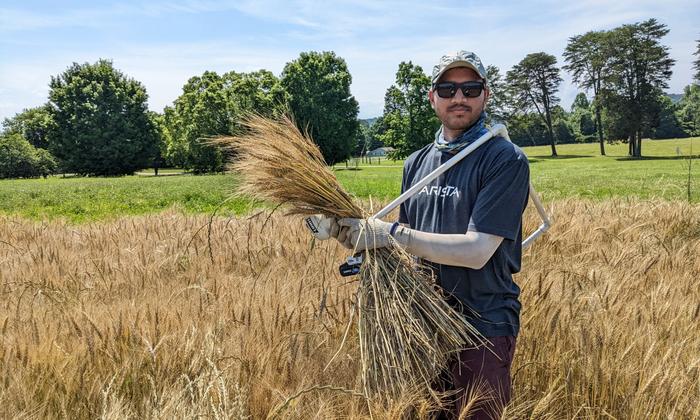Campaigns during the U.S. presidential election often make it seem as if there is only a binary choice. If we don’t vote Republican, we must vote Democrat and vice versa. Of course, we know that isn’t true; there is usually a third party option, or a voter can always write in a candidate.
Similarly, we are often led to believe that we face a binary choice when it comes to seed — GMO or organic. This also is a false narrative frequently repeated by both sides. Farmers, seed companies and consumers can grow, condition and eat food produced by both methods without having to exclusively choose one system and, in fact, can learn how to improve their own production practices by engaging with the “other” side.
Despite disagreements, advocates of both systems are working toward the same goal of producing more output while using fewer resources. Advocates of organic systems point to the effectiveness of crop rotation in reducing insect and disease pressure as well as improvements in cultivation equipment and techniques that reduce weed pressure with little or no herbicide usage. Advocates of a GMO production system point to the ability to control pests and reduce drought stress by making specific changes to a plant’s DNA. The overwhelming scientific evidence shows that those changes are safe and effective in reducing the number of times equipment passes through the field and the amount of pesticides used. Advocates of both are right, and these production systems can coexist.
At Gro Alliance, we put this coexistence into practice. We produce both GMO seed corn and organic seed corn — right in the heart of the U.S. Corn Belt. We accomplish this by using unique production practices, specifically designed for each system, and isolation distances and planting timing differences to ensure maximum purity.
For example, in organic seed production, we partner with organic farmers and use specific seed production practices for weed, insect and disease control. Prior to planting, we monitor future organic seed corn fields three years to five years in advance for historical weed, insect and disease pressure. Given the success of this practice, we are using it to select the best and most productive fields for our GMO seed corn production, as well.
In GMO seed production, growers typically have larger equipment that can be deployed very quickly. We use this strategy to support our organic growers by investing in tillage and spraying equipment, GPS technology and other resources that an individual grower might not be able to access. However, being able to deploy these technologies across many acres helps make it cost effective.
To borrow a political cliché, GMO and organic advocates have more that unites them than divides them. The goals of growing more food while reducing the impact on the environment are shared by each camp. My recommendation to both organic and GMO advocates is to engage in a respectful dialogue with those of the “other” side. If an honest conversation occurs, advocates on both sides will learn from each other and can become better producers and companies for it. That has certainly been our experience!







